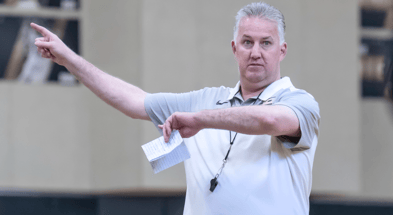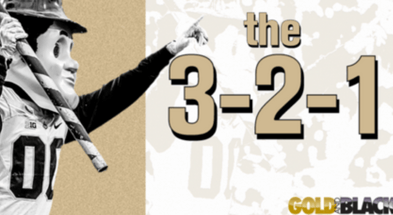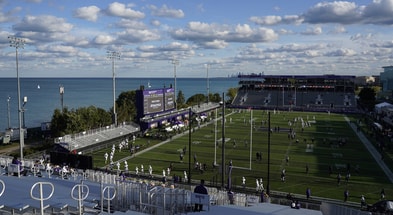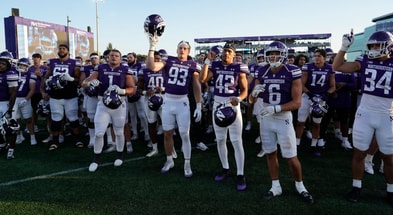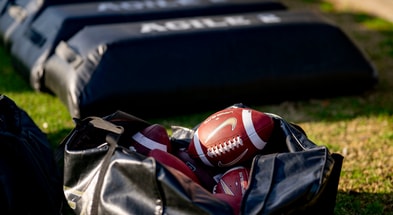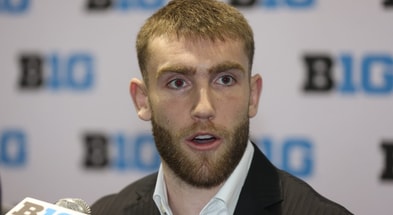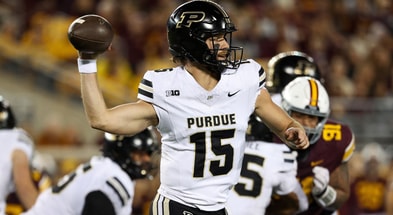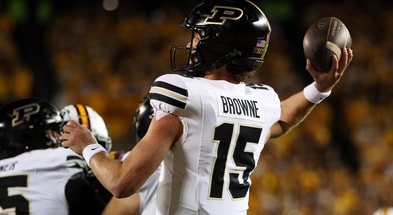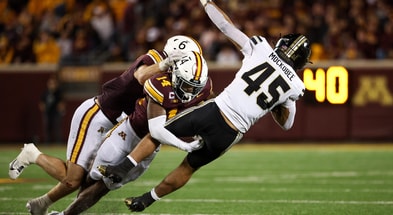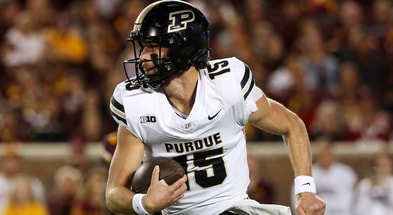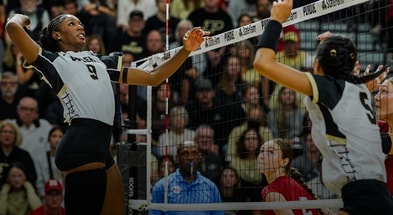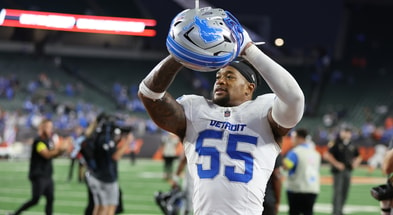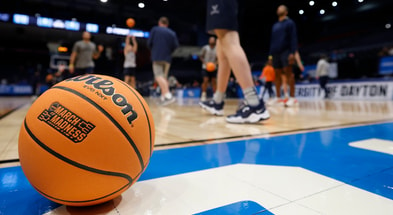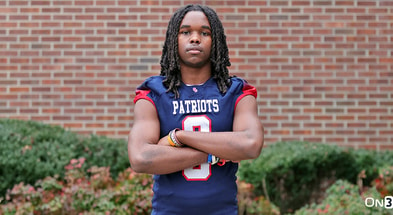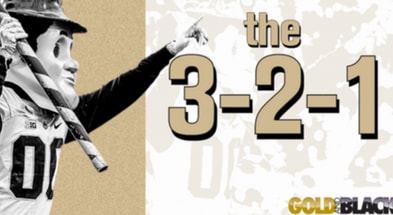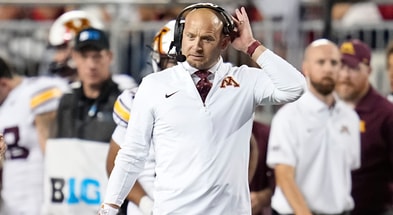Express Word: The college football coaching world and more
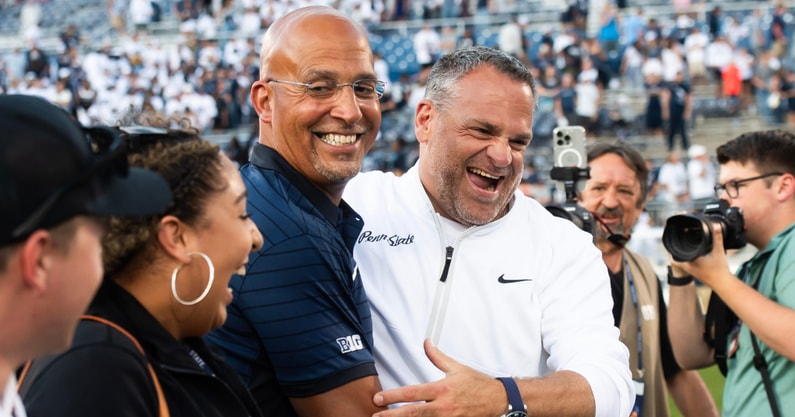
The Express Word is Gold and Black Express’ weekly opinion column, written by Brian Neubert. In today’s edition, we discuss Purdue football’s public face, basketball and more.
COLLEGE FOOTBALL COACHING DECISIONS: CRAPSHOOT
You know, it was less than 20 days ago that Penn State led Oregon 24-17 in overtime in State College, needing a fourth-and-one stop to seal the “big win” that had become James Franklin’s white whale with the Nittany Lions. A stop there would have amplified national title buzz around Penn State.
Franklin was fired last weekend after Penn State lost that Oregon game, then inexcusably the two games that followed.

It’s an extraordinary business, man, where once you lose hold of things, you’re cooked. You can be elite at your job by almost every metric, then impaled by your own success once goal posts start moving on you. Penn State didn’t have a ton of choice here, buyout be damned, because these programs aren’t run by ADs and presidents anymore; they’re run by fans and donors and business partners and NIL and public perception. They’re run by historical markers built around polls filled out by people who are half paying attention. The AP top-10 stuff was Franklin’s scarlet letter and ultimately his undoing. Media narrowed the superlative to a very random top six just to underscore failure. Not top five, not top 10, but top six.
No one knows what a good hire or a bad hire is anymore and rarely is time allowed to really find out, because once the pitchforks come out, they’re not going back in the barn. Once “national title or bust” takes precedent over a 68-percent winning percentage in the Big Freaking Ten, 10-win seasons left and right and half the NFL having come through your program, your job comes down to that one fourth-and-one snap. And Penn State now goes on the open market hoping like hell to find someone who can win 6.8 out of every 10 games he coaches, as long as his name isn’t James Franklin.
It’s the world we live in, and the reason these guys get paid like kings. But it’s also absurd.
It brings to mind two decisions made here around Purdue years back and how they rippled through the modern era.
First, the colossal gaffe that was not only pushing out Joe Tiller because fans were crying about the “next level” (a few years after a Rose Bowl) and tired of only winning six or seven games a year, but also just cutting meaningful ties altogether. Look where that got Purdue football.
Then, the opposite: Sticking with Matt Painter after two bad seasons and a couple first-round NCAA losses sparked some measure of revolt among a vocal, unwise minority. Look where that got Purdue basketball.
It’s my belief that no one in this marketplace really knows what they’re doing, and in a climate where patience and perspective should be musts, there’s no place for either anymore.
COLLEGE BASKETBALL ANALYTICS
It’s that time of year again when the AP poll gets compared to KenPom rankings and other analytics-based ratings, and another reminder that the analytics world has serious flaws and should be taken with one’s daily allowance of sodium.
Kudos to the algorithm crowd for growing college basketball, making fans smarter and shining light on elements of the games that are too important to be overlooked. But this has gone about as far as it can go.
Consider this: KenPom has Illinois No. 6 in its preseason rankings. Based on what? The uniforms. No one knows how all these overseas pros are going to play, some of them may not even being able to, and there’s no credible way to assign value to these assets coming in the door anyway. Everyone thinks Michigan is No. 2 in the Big Ten — KenPom has the Wolverines 11th in the country — but its best player was playing conference games against Texas-San Antonio last season. Who knows?
That’s what the analytics movement often has a blind spot for. You can create the finest formulas and algorithms and predictive metrics ever known to man, but math is about known commodities and static value. It is accepted and irrefutable truth that 1 equals 1, 2 equals 2, etc., and at this point in the year, especially, college basketball players/young men are as volatile a commodity as there is. Analytics view them as the S&P 500 while in reality they’re more like some new tech startup. Not all of them, but a lot of them.
Purdue is the most known team in the country, probably, but every lens you’d view it through based off last season’s outcomes are different now. Calculators don’t understand the impact defensive rebounding and depth will mean for this team. They’re still presenting Purdue as the flawed team that was good last season, but not great.
Top 10
- 1New
Bowl Projections
Full list of matchups
- 2
Top Target: Kiffin
Why UF should pursue Ole Miss HC
- 3Hot
Coaching Carousel
Hot seat intel
- 4Trending
Shane Beamer
Denies Hokies rumors
- 5
AP Poll
Massive shakeup in Top 25
Get the Daily On3 Newsletter in your inbox every morning
By clicking "Subscribe to Newsletter", I agree to On3's Privacy Notice, Terms, and use of my personal information described therein.
And if the numbers are getting the most known teams wrong, what are they with the least known teams?
We media wonks all use the analytics to cover our teams because it’s good information and the language people speak now, but it’s the context that matters most. The long two-point jumper is the worst shot in basketball, right? Is it, though, when Braden Smith is taking it off a snake dribble or Trey Kaufman-Renn is shooting that push shot from just inside the foul line? Hell no, it’s not.
We look at shooting percentages and I might cite for you a statistic that says Michigan State shoots 60 percent at the rim, right? That would lead you to believe that the Spartans have a really good interior scorer, correct? In reality, what that is more likely to mean is that they get to the basket and get in transition. Fast-break points count as shots at the rim, and the teams that get the most fast-break points are the teams that rebound and force turnovers. Fast break points reflect defense and rebounding more than anything fast-breaky? The Showtime Lakers aren’t without Kareem blocking shots and rebounding.
This season, Purdue’s efficiency around the rim will erupt, not just because Kaufman-Renn has a great year, which he will, or because Oscar Cluff and Daniel Jacobsen combine to shoot 65 percent on high-percentage opportunities, which they will.
It’ll spike because this Purdue team, as opposed to last season’s, will offensive rebound at a higher rate and defensive rebound at a level that’ll weaponize fast breaks and create more layups and dunks.
Analytics are a great front porch for these games and teams, but the how and why are as important than the what. You have to watch the games.
(/Rant)
ON MONEY AGAIN
Whatever you want to call this cash-arrangement perhaps coming to the Big Ten — not private equity, per se, but surely not a no-strings-attached act of charity, either — here’s how I look at it …
Not to pick on Ohio State, but it’s an easy face to put on this, because it is the Big Ten’s flagship and maybe the most advantaged program in America short of maybe Texas. But why in the world does Ohio State need — not want, need — this money, to the extent the conference is ostensibly borrowing against itself.
Yes, the athletes are being paid now, and that’s no small expense, but you can (legally) only pay them so much, and the media rights money is accounting for that. What does Ohio State not have now that it needs? Does Ryan Day need to make $15 million instead of $13 million. Are the football and basketball facilities there not quite sparkly enough to see from space? Is this a way to pay sustainably for Olympic sports without taking a dollar away from football?
There’s got to be something more to this than meets the eye because the Big Ten is a cash machine right now and shouldn’t need to take on presumed entanglements to function. Maybe this is a retention or expansion play, I don’t know, but once the Big Ten goes down this road, then the SEC will respond in kind and now money doesn’t just run college sports the way it runs our politics but it’ll own them.
